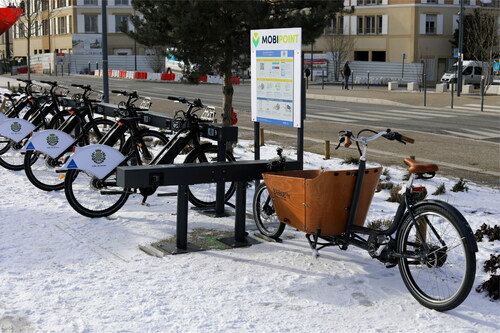eHUBs offer users access to a range of shared electric vehicles on demand. However, little is currently known about what the characteristics of potential users of this novel type of shared mobility are. This makes it difficult to plan the location of hubs and to provide facilities, which ultimately will determine their success.
The team at Newcastle University therefore sought to identify potential users based on an in-depth case study of a representative sample of the Municipality of Amsterdam population, revealing four specific target groups, each with a different propensity to use eHUBs in the future. In our sample, two groups expressed an interest in using eHUBs. The first group consists of highly educated and non-car owning young adults (19% of the sample), whereas the second group shows a higher level of car ownership and a greater number of households with children (69% of the sample). The two remaining groups comprise the majority of late adopters or laggards (52%), despite only representing 12% of the sample. They tend to be older, less educated, and live in a household without children. The four groups are further distinguished based on their current shared mobility use, traveller identity, and perceived barriers to using shared electric vehicles. Crucially, our research indicates that those most likely to adopt eHUBs services are those already traveling sustainably, whereas those with the greatest emissions savings potential are interested, yet perceive various barriers to the uptake of shared vehicles, such as the availability and cost of shared vehicles or the walking distance to access eHUBs.
Addressing these perceived barriers appropriately through careful planning, implementation, and marketing, needs to become a top priority in the future. Finally, future research also should consider that electric shared mobility bears potential disbenefits in terms of safety and health due to its speed and lack of physical activity compared to trips made by pedal cycle or walking. Minimizing risks is crucial for those without prior experience of using shared electric vehicles. Studies comparing the health (dis-)benefits and risks of electric versus non-electric shared mobility schemes could close the knowledge gap in this respect.
Read the full report here.

